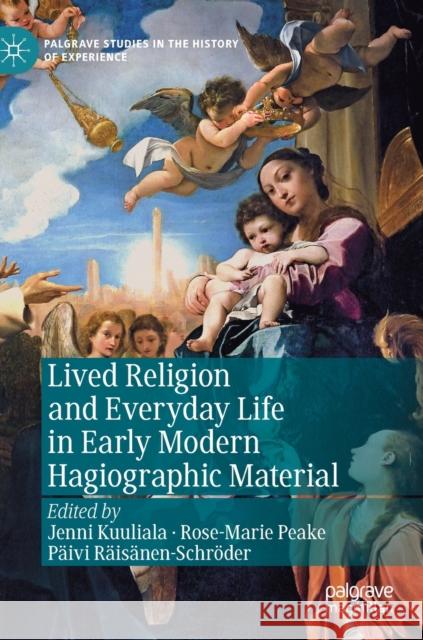Lived Religion and Everyday Life in Early Modern Hagiographic Material » książka
topmenu
Lived Religion and Everyday Life in Early Modern Hagiographic Material
ISBN-13: 9783030155520 / Angielski / Twarda / 2019 / 328 str.
Lived Religion and Everyday Life in Early Modern Hagiographic Material
ISBN-13: 9783030155520 / Angielski / Twarda / 2019 / 328 str.
cena 484,18
(netto: 461,12 VAT: 5%)
Najniższa cena z 30 dni: 462,63
(netto: 461,12 VAT: 5%)
Najniższa cena z 30 dni: 462,63
Termin realizacji zamówienia:
ok. 22 dni roboczych.
ok. 22 dni roboczych.
Darmowa dostawa!
Kategorie BISAC:
Wydawca:
Palgrave MacMillan
Seria wydawnicza:
Język:
Angielski
ISBN-13:
9783030155520
Rok wydania:
2019
Wydanie:
2019
Ilość stron:
328
Waga:
0.55 kg
Wymiary:
21.01 x 14.81 x 2.06
Oprawa:
Twarda
Wolumenów:
01
Dodatkowe informacje:
Wydanie ilustrowane











